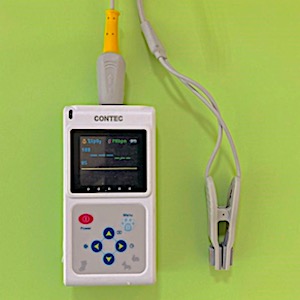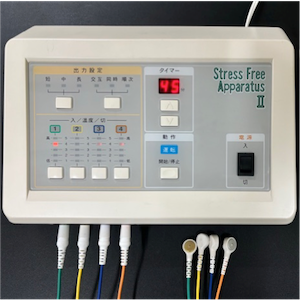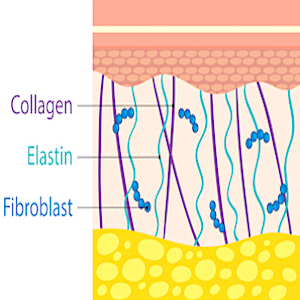Normalization of blood oxygen levels and heart rate in adults using alternative measurement sites

All claims expressed in this article are solely those of the authors and do not necessarily represent those of their affiliated organizations, or those of the publisher, the editors and the reviewers. Any product that may be evaluated in this article or claim that may be made by its manufacturer is not guaranteed or endorsed by the publisher.
Authors
This study addresses the need for reliable alternative measurement sites to the fingers, such as the lips and tongue, for measuring oxygen saturation (SpO2) and pulse rate (PR). This is particularly important in cases of poor circulation, finger injury, or during surgery. The study included 20 healthy participants. SpO2 and PR were measured using a pulse oximeter. Measurements were taken at the finger, lower and upper lips, and tongue. Descriptive and inferential statistics were done for site comparisons and for establishing reference ranges for these sites. SpO2 readings were normally distributed (p>0.05), with the greatest readings coming from the finger site (98.23±1.83), followed by the lower lip (97.20±1.77), the upper lip (96.40±3.17), and finally the tongue (93.56±4.25). Pairwise comparisons indicated no significant differences between the suggested locations and the finger, except for the tongue (p<0.05). The PR data seemed normally distributed (p>0.05), with the greatest PR seen at the finger location (79.25±8.26), then the lower lip (75.30±7.69), the upper lip (74.55±8.37), and finally the tongue (71.5±9.05). Lower and upper lip sites showed no statistically significant changes, but a significant difference was found at the tongue site (p<0.05). Based on our findings, the lower and upper lips can serve as alternative sites for SpO2 and PR measurements, as they closely align with values observed from the finger site. However, the tongue site showed significantly lower SpO2 and PR values.
How to Cite

This work is licensed under a Creative Commons Attribution-NonCommercial 4.0 International License.









